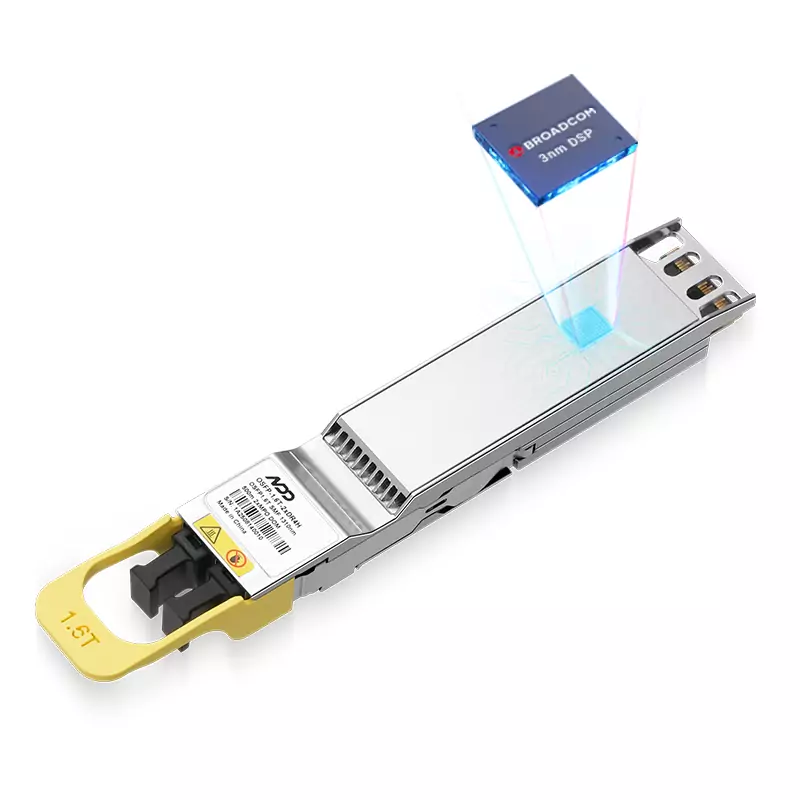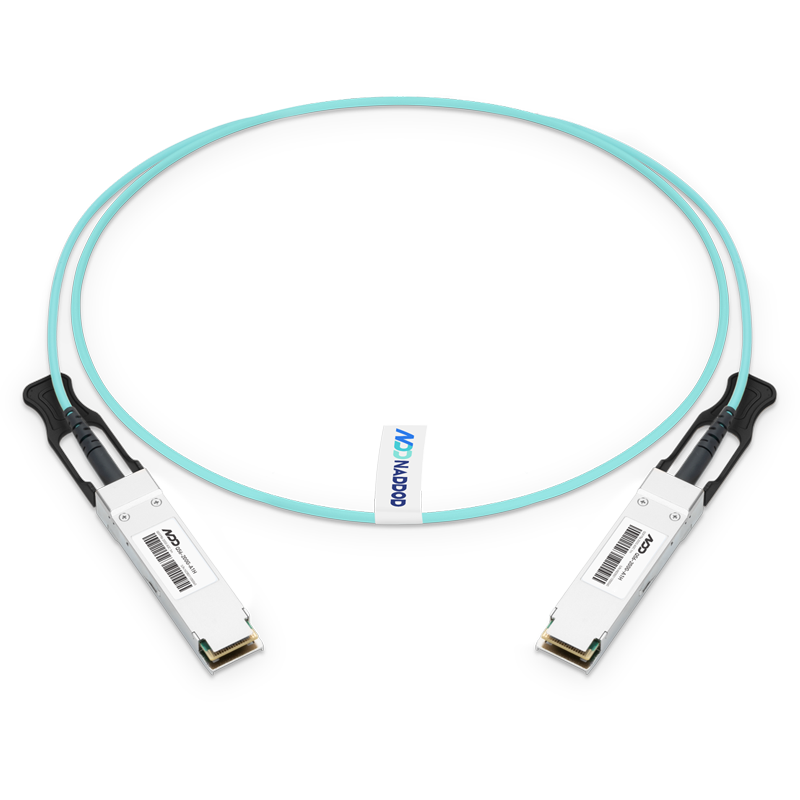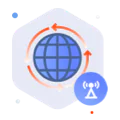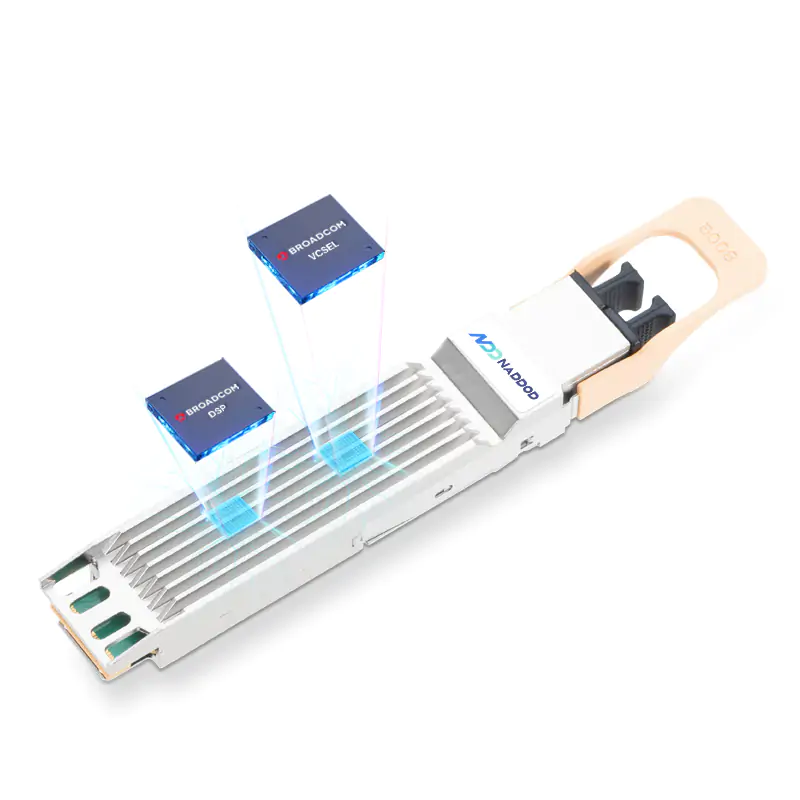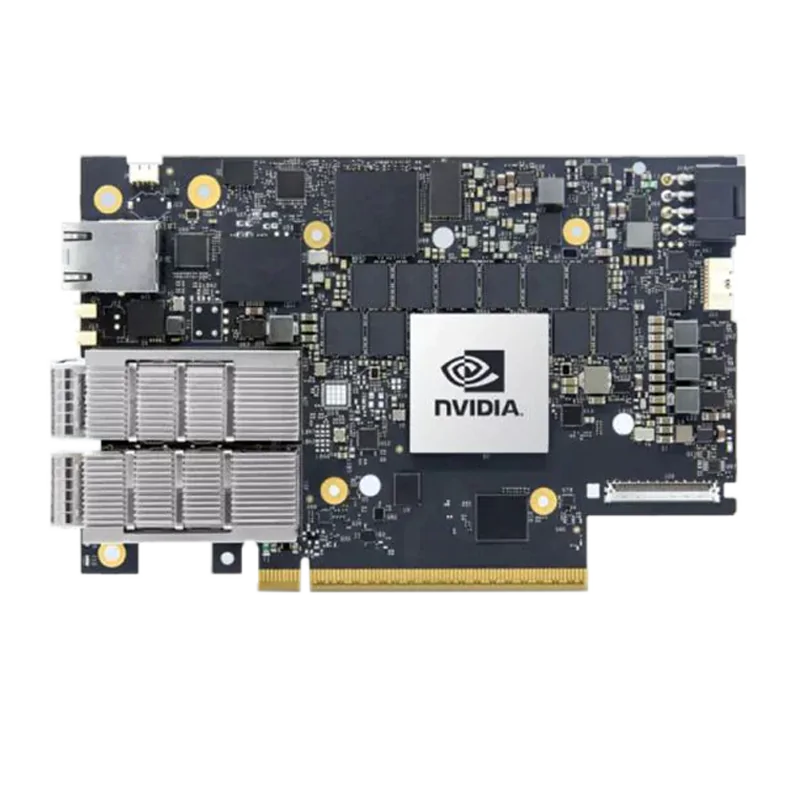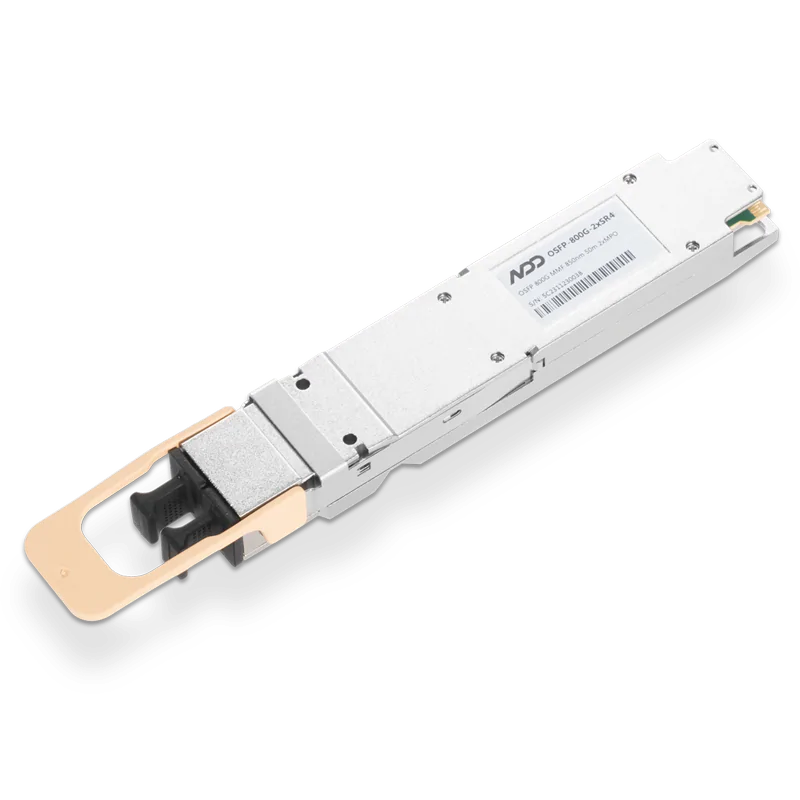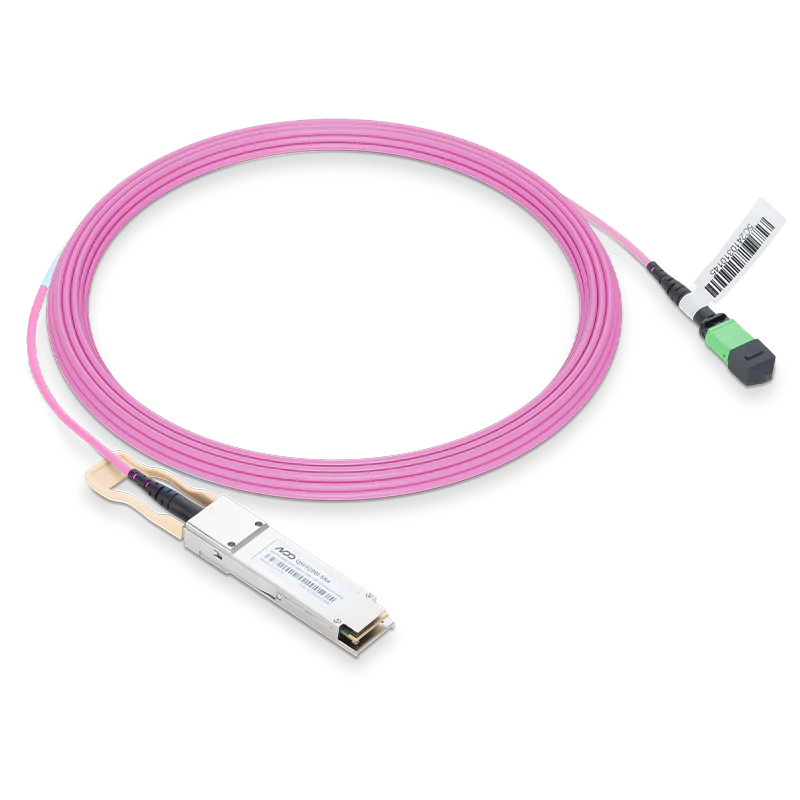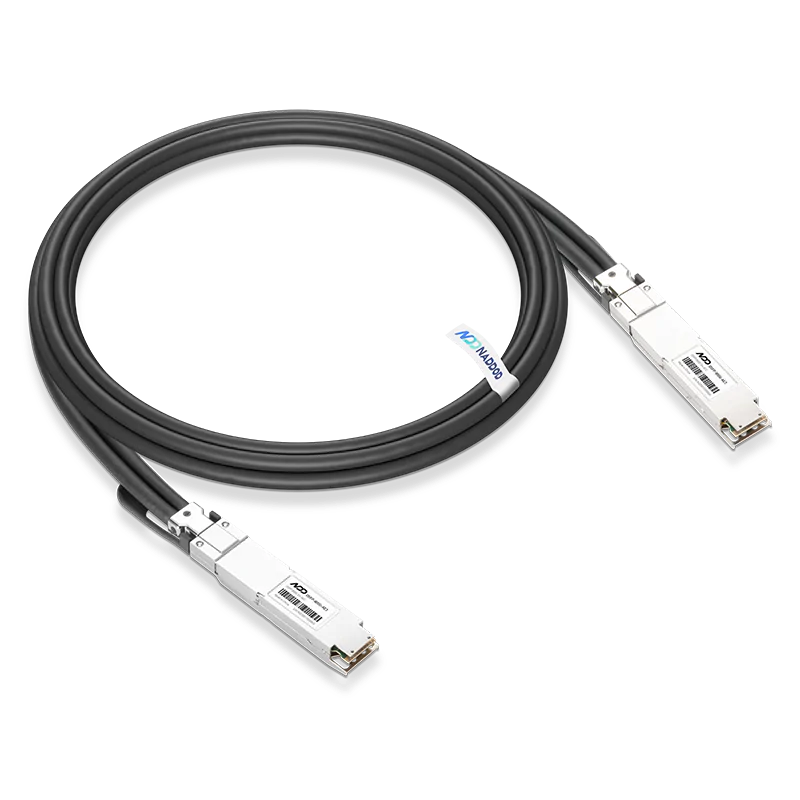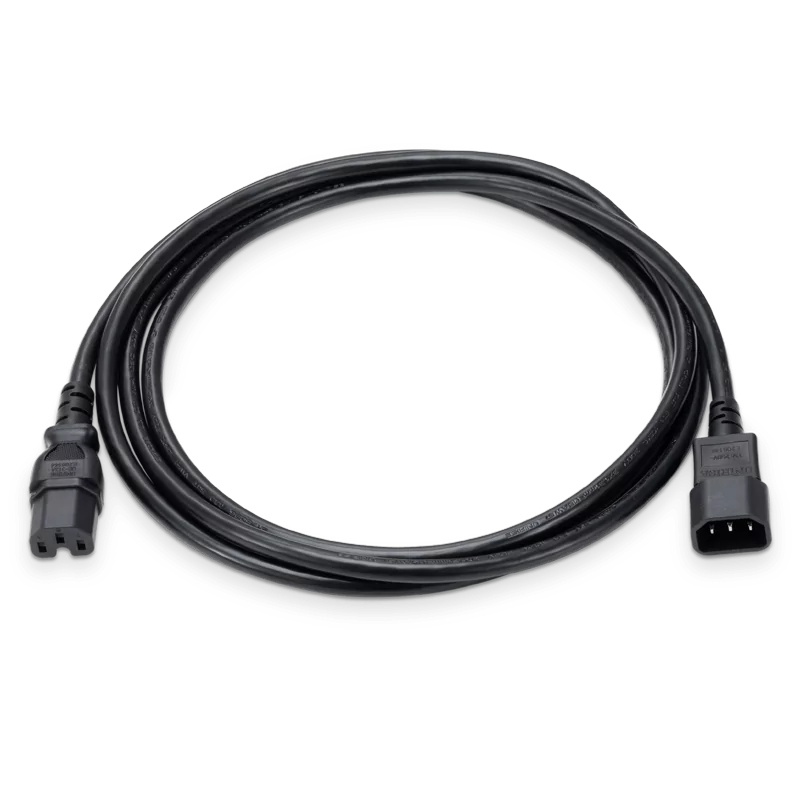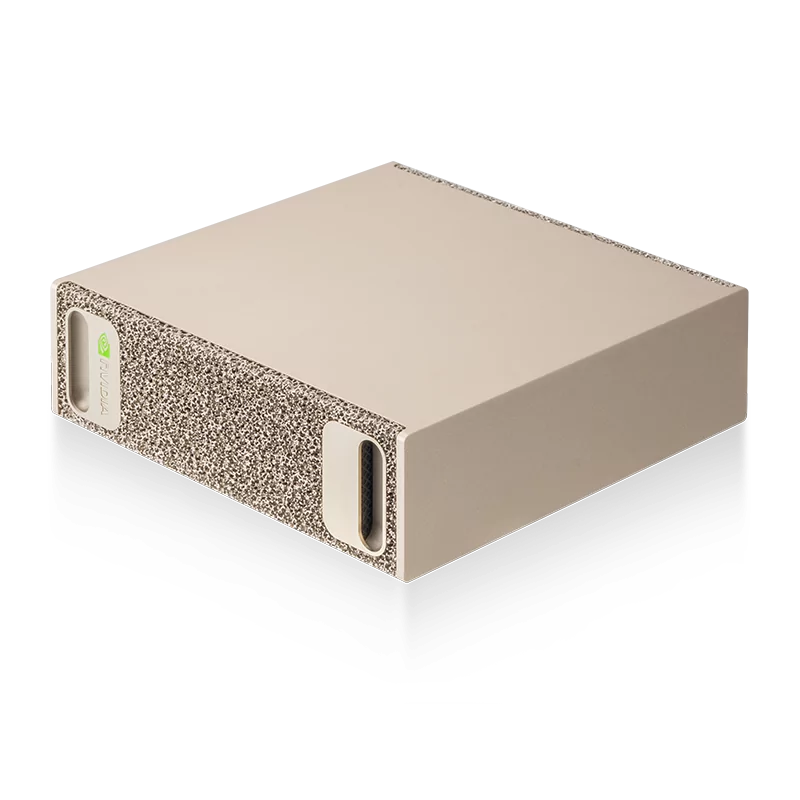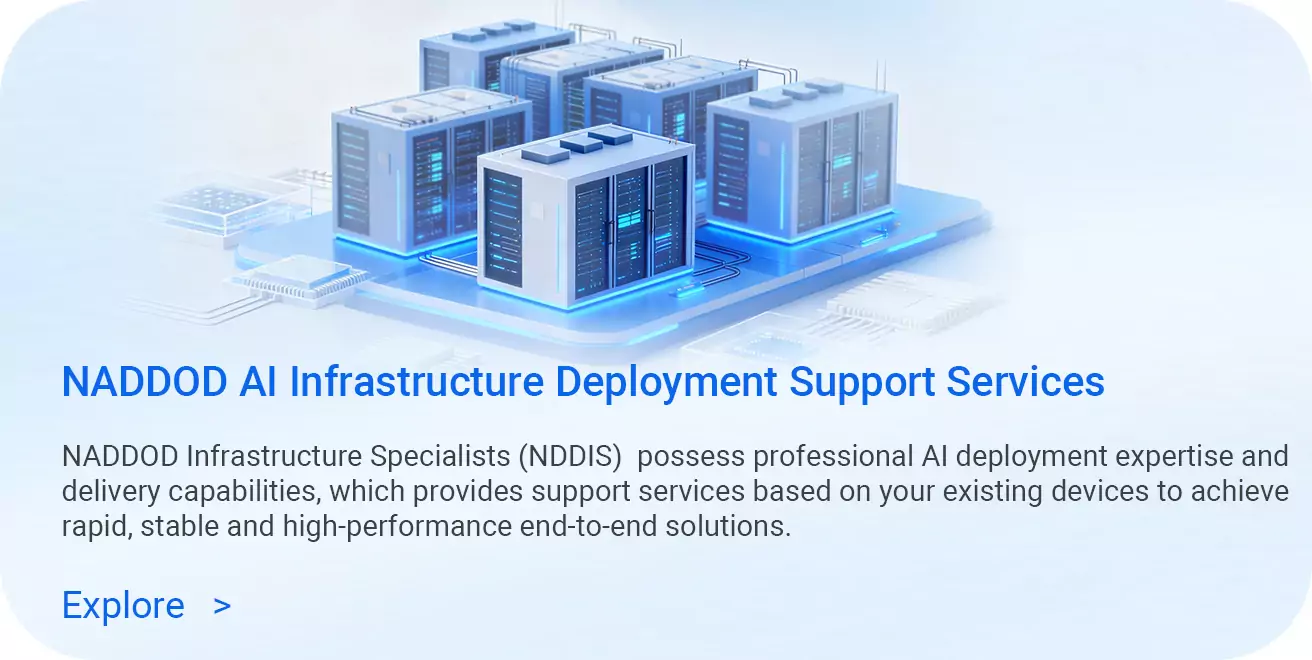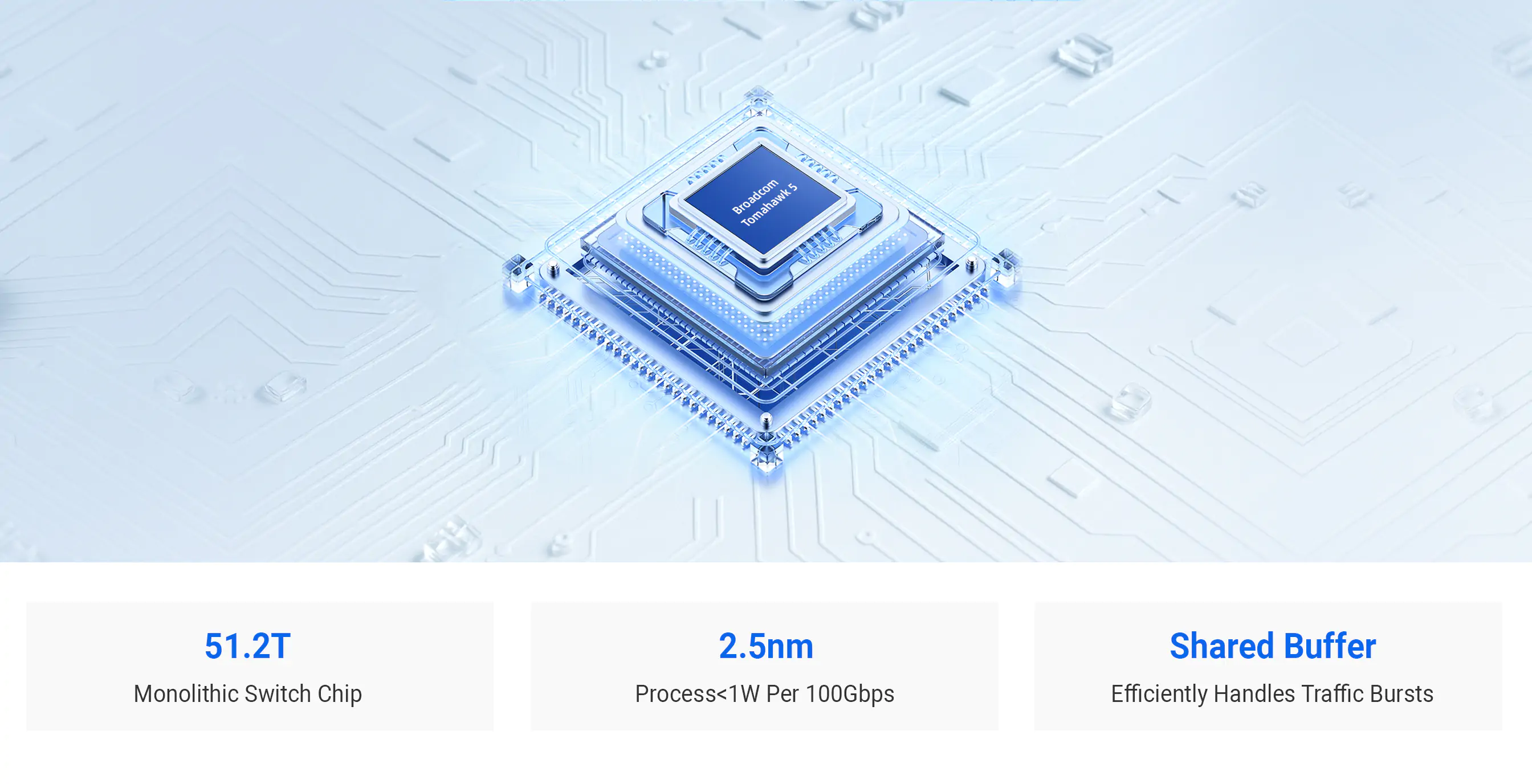In AIDC network architecture design, cost-effectiveness and operational efficiency are critical considerations. By implementing an advanced two-tier Leaf-Spine architecture, the NADDOD 51.2T switch can remarkably interconnect 8,192 400G NIC ports. This enables the construction of unprecedented ultra-large-scale networks with significantly fewer devices, thereby:
Dramatically reducing network costs:
Decrease the demand for expensive optical modules and cables, while reducing rack space and energy consumption.
Optimizing operational efficiency:
Significantly simplify the network topology structure, reduce the complexity of troubleshooting, and release valuable IT resources.
